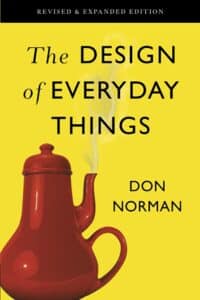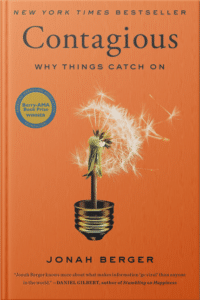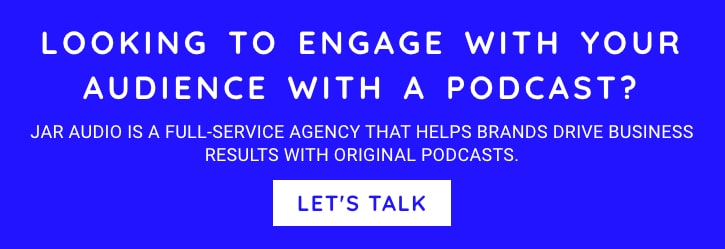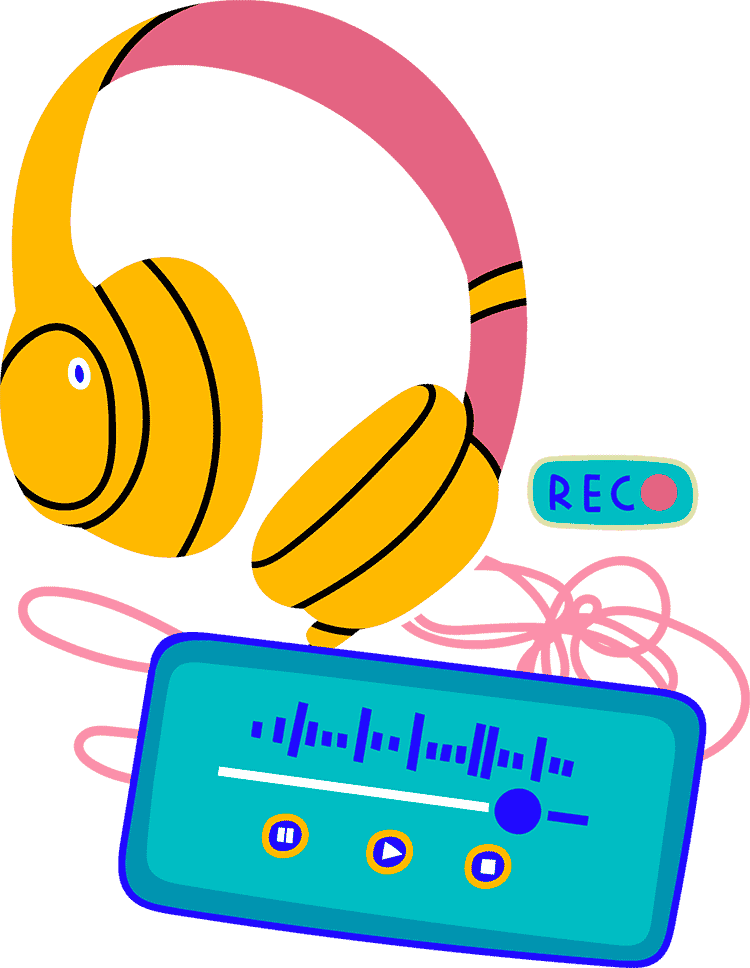How to Implement a Human-Centered Podcast Strategy for Maximum Audience Engagement
One of the best books I’ve read on podcasting is not about podcasting. The Design Of Everyday Things is written by engineer-turned-cognitive scientist Don Norman and it’s about … the design of everyday things, and how everyday objects find a place in our lives. In it, he sets out a framework for engineering products with users at the forefront. He calls it “human-centered design”.
 Norman describes human-centered design as “an approach that puts human needs, capabilities, and behaviour first, then designs to accommodate those needs, capabilities and ways of behaving.”
Norman describes human-centered design as “an approach that puts human needs, capabilities, and behaviour first, then designs to accommodate those needs, capabilities and ways of behaving.”
While the book is not about podcasting in the slightest, reading it for the first time, I was struck by how relevant the concepts were to my chosen field. This is the secret to creating a great podcast with a natural and loyal audience that will grow over time: put them first. If we apply the principles of human-centered design to podcast strategy, we prioritize getting curious about the needs of our listener and then creating a great piece of content to serve that need.

Reflecting on this framework over the past few years, I realized I’d heard a similar, if not more blunt, mantra my entire career at CBC, Canada’s public broadcaster. Every time I pitched a story, the inevitable response from my senior producer would be: “Ok, but why should I (or our listeners) care?” It might sound crass, but it was an incredibly useful tool for testing the value of each idea against the needs of our listeners.
I love these framings for branded podcasts, in particular. By prioritizing an audience and their needs, rather than the message a brand wants listeners to hear, we create a strong foundation for a show with a genuine value proposition for listeners. Everyone wins. Listeners get a truly valuable piece of content, and brands get the undivided attention of consumers.

Emotional design
I use this framework to help clients imagine the journey that will lead listeners to their podcast and hit play. But also, what will keep them coming back to the show for more, and sharing it with their community.
Yes, you can get someone to listen to your show once by offering them something intriguing, but what’s going to keep them coming back is how the show makes them feel.
 I recently read Jonah Berger’s 2013 book Contagious: Why Things Catch On, in which he outlines the six elements of viral content. (Super fascinating book for anyone in the audience growth space!)
I recently read Jonah Berger’s 2013 book Contagious: Why Things Catch On, in which he outlines the six elements of viral content. (Super fascinating book for anyone in the audience growth space!)
One of the six elements: Emotion.
Short story is that Berger did a tonne of research and discovered that while intriguing content and products caught people’s attention initially, what had people talking about it and sharing it with their friends and family was how it made them feel. And not just any ol’ feeling. But the kinds of feelings that generate “physiological arousal”: Awe, Anger and Anxiety.
I’m certainly not saying that you should create a podcast with the intention of sparking anger and anxiety in listeners. Please don’t do that. But the principle of thinking about your listener’s emotional journey really applies here. Podcasts are all about building community around a commonality. And emotion is critical for connecting a group into a community.
As Berger points out, experiences – especially emotional experiences – are made better when we share them with others. That’s why you call your mom to tell her about your new promotion. It is why you call your partner to tell them about your kid’s major milestone at school today. And – it’s why you share a podcast with a friend: You want them to share in that feeling.
5 Key Takeaways on Human-Centered Podcast Strategy
- User-Centric Approach: Emphasize designing podcasts with the listener’s needs and behaviors at the forefront.
- Emotional Engagement: Focus on evoking strong emotions like awe, which foster community and retention.
- Continuous Feedback: Regularly gather and utilize audience feedback to refine content and strategy.
- Collaborative Brainstorming: Engage in team brainstorming sessions to generate relevant, listener-focused ideas.
- Community Building: Create content that encourages sharing and discussion, enhancing listener connection.
By: Liz Hames, Director of Audience Growth

As the Director of Audience Growth, Liz leads a team of audience growth specialists at JAR, focusing on finding and growing the right audiences for clients. With over a decade of experience in journalism and podcast production, Liz uses data and creativity to create winning strategies. Since joining JAR in 2022, she has integrated audience growth into the production process. Previously, she worked at CBC, Pacific Content, and advised on award-winning podcasts.



